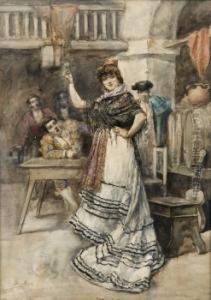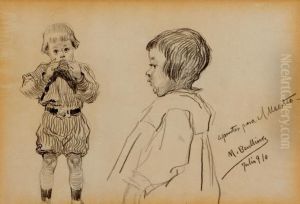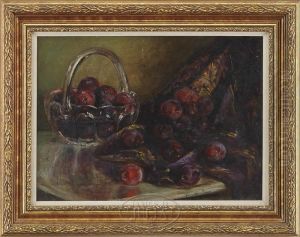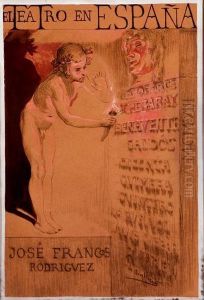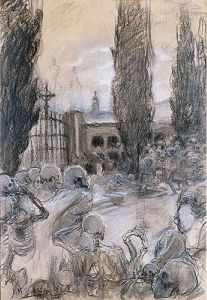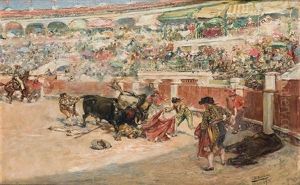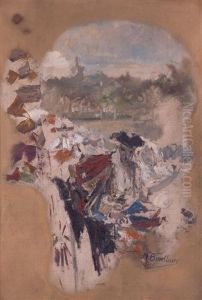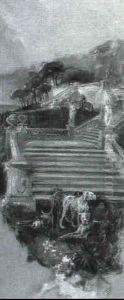Mariano Benlliure Y Gil Paintings
Mariano Benlliure y Gil was a Spanish sculptor who is renowned for his detailed and expressive sculptures, which played a significant role in the artistic movements of the late 19th and early 20th centuries. Born on September 8, 1862, in Valencia, Spain, into a family with artistic inclinations, Benlliure displayed a remarkable talent for sculpture from an early age. His father was a modest painter and encouraged his son's artistic endeavors, which led to Benlliure's early education in the arts.
From the outset of his career, Benlliure showed a keen interest in capturing realism and emotional depth in his works. He moved to Rome in the early 1880s, where he was profoundly influenced by the classical sculptures and the vibrant expatriate art scene. In Rome, he honed his skills and began to develop his distinctive style, characterized by dynamic compositions and a meticulous attention to detail.
Benlliure's work covers a wide range of subjects, including public monuments, busts, and religious sculptures. Perhaps one of his most famous works is the monument to the painter José de Ribera in Valencia, which showcases his ability to infuse his sculptures with life and movement. He also created significant public monuments in Madrid and other Spanish cities, which earned him widespread acclaim.
Apart from his sculptural works, Benlliure was also involved in other art forms, including painting and drawing, though these are less known compared to his sculptural achievements. His artistic contributions were recognized with numerous awards and honors throughout his lifetime, both in Spain and internationally.
Mariano Benlliure y Gil's legacy is that of a sculptor who brought a profound sense of realism and vitality to his works. His sculptures are celebrated for their technical mastery and emotional depth, making him one of the most respected Spanish artists of his time. He died on November 9, 1947, in Madrid, leaving behind a rich body of work that continues to be admired and studied for its artistic value and historical significance.

